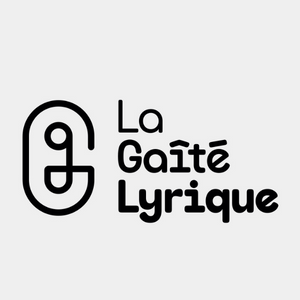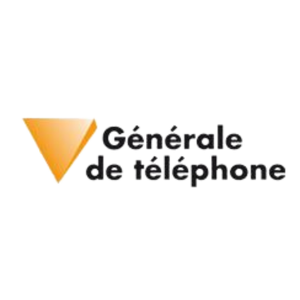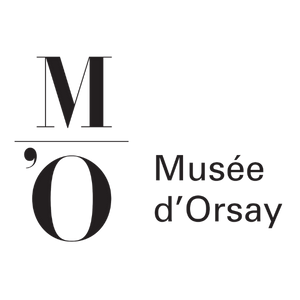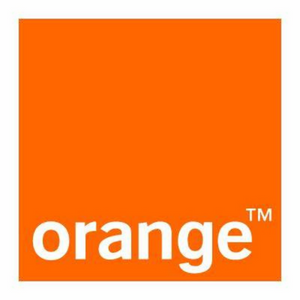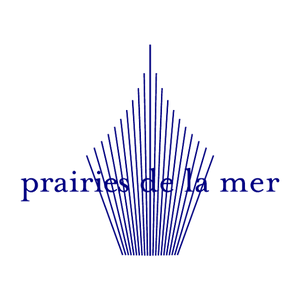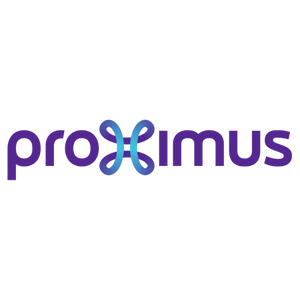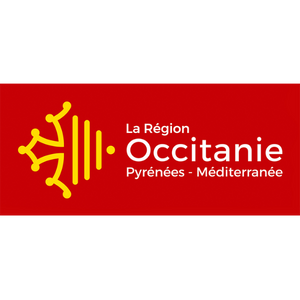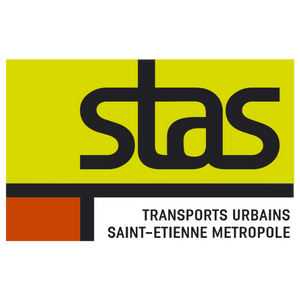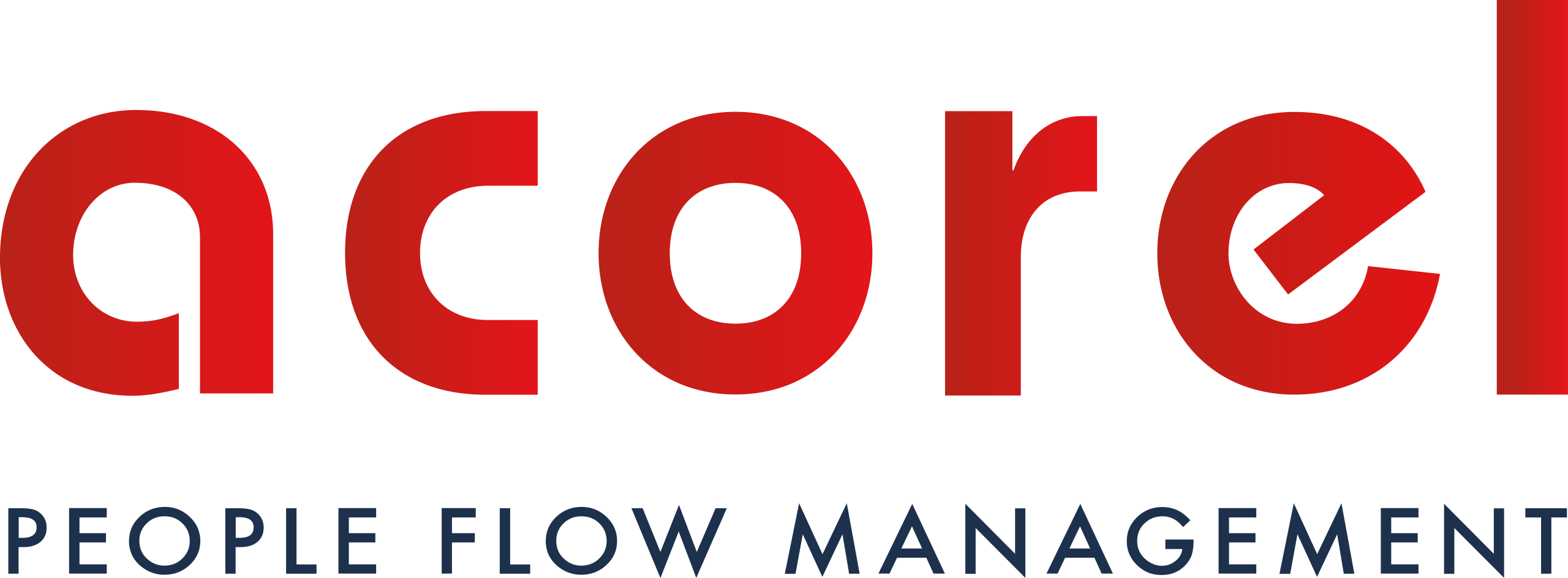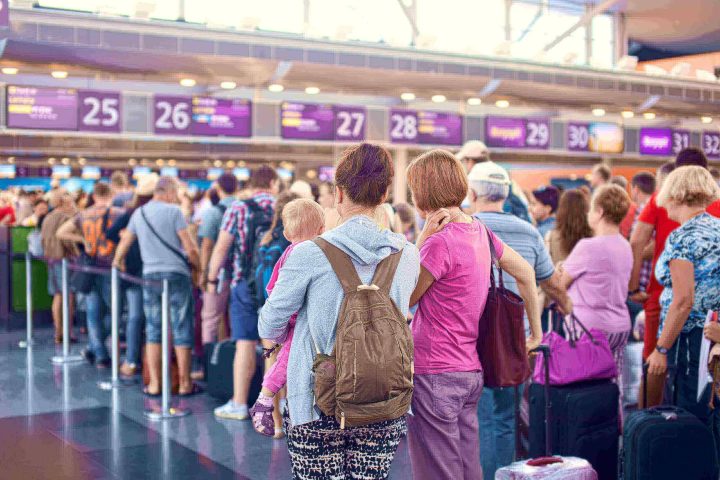Efficient queue management systems
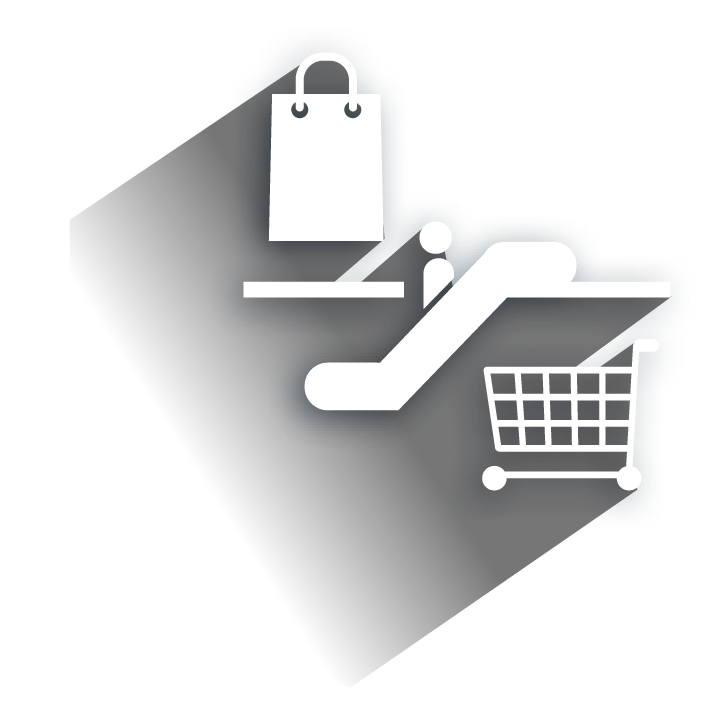


Queue management involves organising and rationalising the flow of people waiting for a service or interaction in a specific location, such as a shop, airport, event or public service. The main objective for an efficient queue management system is to minimise waiting times while maximising customer or visitor satisfaction. This requires a combination of strategies, technologies and techniques to improve process efficiency, reduce customer stress and avoid bottlenecks or chaotic situations.
How to manage queues efficiently?
- Traditional queue management methods include vending machine systems where customers take a ticket with a number and return when it is their turn, and the physical layout of spaces with barriers or straps, posts, floor markings and signs to guide the flow of customers.
- Modern technological solutions, such as mobile applications, remote notifications, the use of cameras and counting sensors and online booking systems, offer greater flexibility and control over the waiting experience.
Queue management is not just about reducing waiting times; it is also about improving the customer experience, training staff to manage crowds effectively and using analytical data to optimise customer flow and distribution.
Ultimately, the aim is to create an organised and harmonious environment where customers feel valued and businesses or organisations can operate effectively.
Challenges of queue management
Queue management is becoming crucial for all kinds of public and commercial spaces.
The challenges include managing the flow of people, optimising human resources and complying with safety standards.
- Innovative technologies such as automatic people counting, using cameras and sensors, are revolutionising this management.
- These solutions offer benefits such as real-time data collection, forecasting of customer flows and dynamic adjustment of resources.
- Improved customer experience, reduced waiting times and transparency for visit planning are among the notable benefits.
Public authorities are also facing these challenges, and need automatic counting to minimise waiting times and optimise resources instantly.
Who are our queue management systems designed for?
Queue management solutions are aimed at a wide range of organisations and establishments, with a view to improving operational efficiency while providing an optimal customer experience.
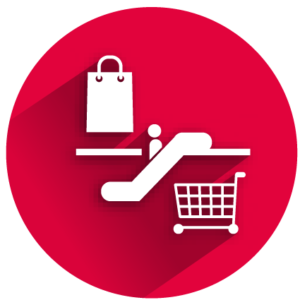
Commercial and public spaces
Shopping centres, museums, public authorities, theme parks and other establishments with large numbers of visitors benefit considerably from queue management solutions. These tools help to streamline journeys, reduce waiting times and optimise resources, all of which contribute to a positive customer experience.
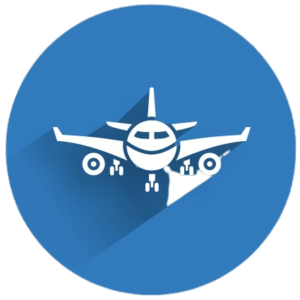
Airports
Airports are faced with the complex task of managing queues at security checkpoints, check-in counters and boarding gates. Queue management solutions using sensors and cameras can contribute to a smoother travel experience, reduced delays and better management of passenger flows.
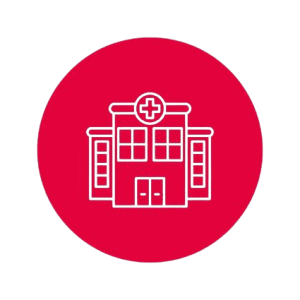
Healthcare facilities
Hospitals, clinics and health centres can use these solutions to minimise patient waiting times, optimise appointment management and improve the efficiency of medical services. The result is greater patient satisfaction, more efficient use of medical resources and smoother care delivery.
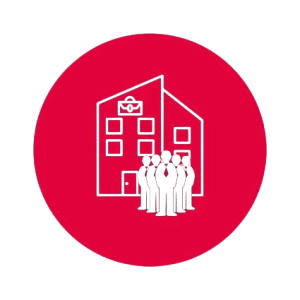
Companies and offices
Businesses, government offices and other workplaces can implement queue management solutions to optimise visitor reception, manage appointments and ensure efficient use of common areas.

Educational institutions
Schools, universities, libraries and training centres can use these solutions to manage queues for enrolments, exams or other events, making administrative processes run more smoothly.
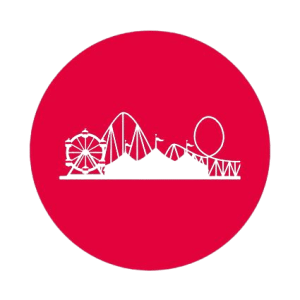
Events and entertainment venues
Amusement parks, concert halls and stadiums can implement queue management solutions to ensure a smooth flow of visitors, reduce waiting times at entry points and improve the overall experience for attendees.
Our queue management system
ACOREL provides a highly accurate queue management and waiting time forecasting solution thanks to its innovative counting technology based on different types of sensors and counting cameras; the data collected by these sensors is visualised and analysed using our VISION PoP software suite.
Our technology
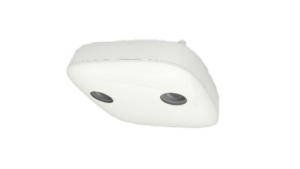
People counting sensors
People counting sensors measure the number of people in a queue or a specific area. These sensors can use different technologies to detect people entering or leaving a space. They provide accurate data for estimating waiting times and assessing levels of affluence.
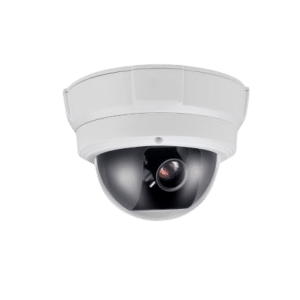
Surveillance cameras
Surveillance cameras are used to visually monitor queues. They help to identify bottlenecks, detect abnormal or aggressive behaviour, and ensure customer safety. Managers can use these cameras to monitor queues remotely and react quickly if necessary. Acorel’s Computer vison technology can use these surveillance cameras.
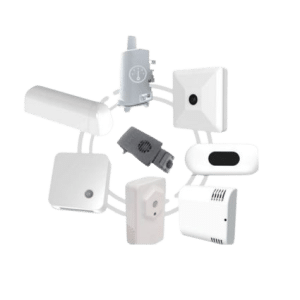
IoT sensors
IoT sensors (indoor & outdoor environmental and thermal data monitoring sensors) provide advanced functionality and real-time data to improve efficiency and customer experience.
Our counting and queue management software
Our VISION PoP queue management software is designed to optimise the flow of people through different points of service, minimising waiting times and improving operational efficiency.
It provides real-time visualization of load data and historical attendance data for public facilities.
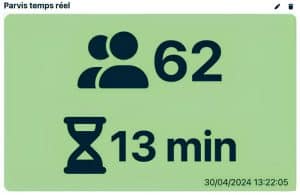
Queue management
The software enables you to create and manage virtual or physical queues for different services or contact points. Users can register in the queue via different channels, such as self-registration kiosks, mobile applications or websites.
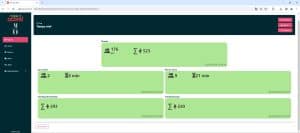
Real-time display
The software displays information on estimated waiting times, queue numbers and appointment reminders in real time, whether on public display screens, mobile applications or web portals.
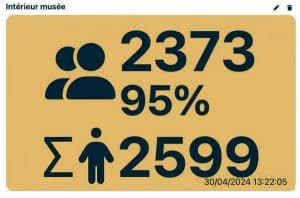
Notifications and alerts
The software sends notifications to customers or patients to inform them of their position in the queue, their impending appointment or any delays. These notifications can be sent by SMS, e-mail or via mobile applications.

Analysis and reporting
The software collects data on waiting times, processing times and attendance trends, providing managers with valuable information for performance analysis and strategic decision-making.
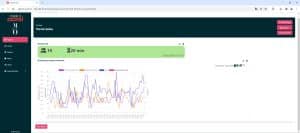
Integration with other systems
The software can be integrated with other internal systems, such as appointment management systems, customer management systems or human resources management systems, to synchronise data and make optimum use of resources.

Customisation and configuration
The software offers the flexibility to customise queues, appointment times and notifications according to the specific needs of each facility or service.
Advantages of our solution for managing your queues
Benefits for customers/visitors
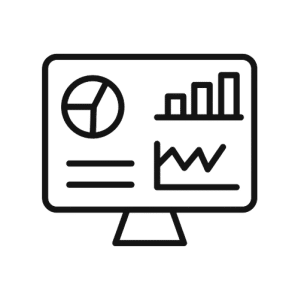
Real-time information
Digital screens and mobile applications can display information in real time, such as the number of people in front of you, the estimated waiting time, or the next number called. These tools offer transparency, enabling customers to better manage their time and plan accordingly.

Reducing congestion
By effectively managing the flow of people, establishments can reduce congestion in the different areas they occupy. This makes for smoother customer/visitor flows, reducing delays and inconvenience.

Improving security
By effectively managing passenger flows, airports can enhance security by better controlling access to secure areas and preventing congestion in sensitive areas. This can help reduce the risk of security incidents and ensure the safety of passengers, staff and airport facilities.

Improved experience and satisfaction:
By reducing waiting times and offering a smoother experience, customer/passenger/visitor satisfaction is fundamentally improved, which can boost loyalty and increase patronage.
Organisational benefits

Real-time data collection
Queue management systems collect valuable data on waiting times, customer flows and operational performance. This real-time data can help managers make informed decisions to improve efficiency and the customer or passenger experience, thanks to an accurate and reliable passenger history.

Optimising human resources
With a better understanding of footfall trends and customer flows, establishments can adjust their workforce accordingly to meet demand. This can include redeploying staff during peak periods or reducing staffing levels during periods of lower footfall, thereby optimising costs while maintaining a high quality service.

Improved operational efficiency
By minimising delays and bottlenecks in reception and service areas, establishments can improve their overall operational efficiency. Effective queue management enables a smoother flow of customers through the facility, reducing downtime and inefficiencies.

Enhanced reputation
By providing a positive customer experience and optimising operations, establishments can enhance their reputation as an efficient and welcoming organisation. An enhanced reputation can attract new customers, retain existing customers and improve relations with the local community.
References

